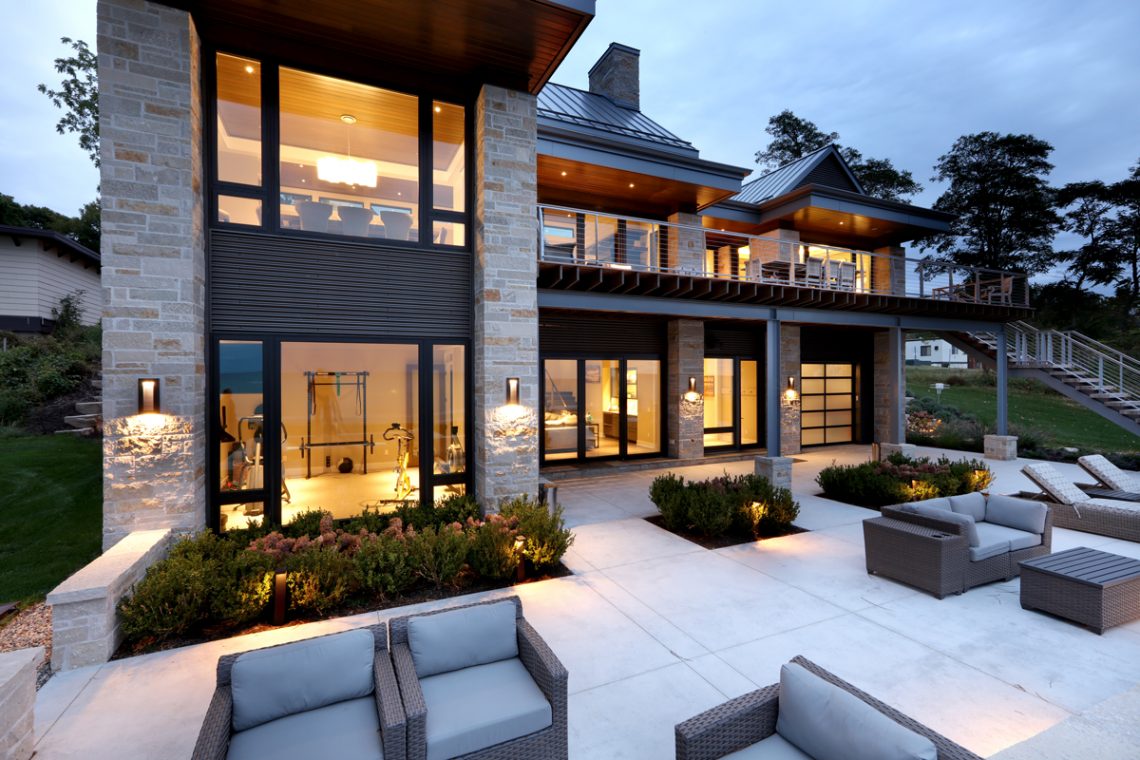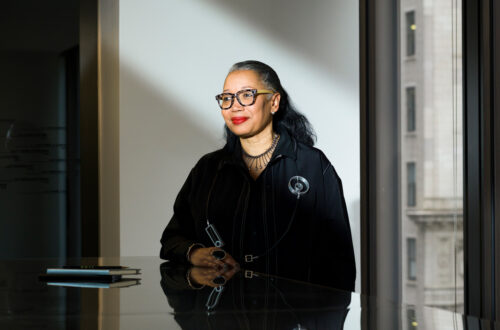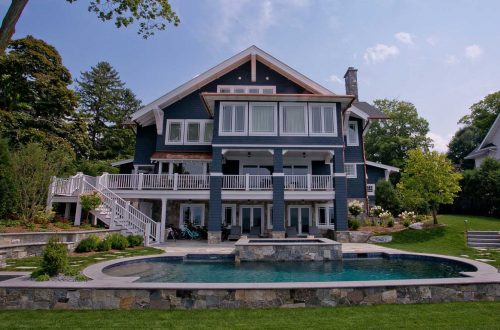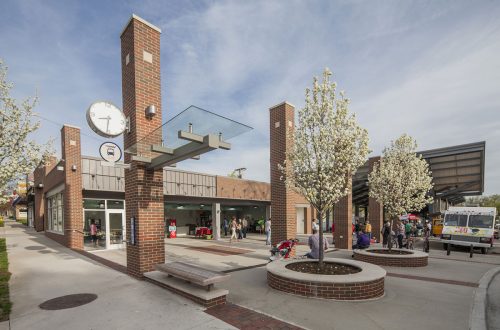Photography has been an important tool in documenting the human experience since early experiments in the heliograph and daguerreotype captivated both innovator and subject alike nearly two centuries ago. It is an art and practice in visual communication; both objective and subjective in recording the cultural, social, and natural world.
It is a craft that is arguably one of the most significant inventions since the printing press, with genres and artistic styles that run the gamut from objective photo-journalism and montage portraiture to abstract landscapes and naturalistic architecture.
Great Lakes By Design Magazine spoke with some of the photographers in the region to learn more about their work, inspiration, and design process.
Michael Buck | M-Buck Studio
Grand Rapids, Michigan
When it comes to photography, Michael Buck, owner and photographer at M-Buck Studio in Grand Rapids, Michigan loves the energy captured when shooting the unusual angle. Buck, whose creative interests also extend to painting, building, and videography as well as the still photo, has spent more than 20 years developing a portfolio of aerial, architectural, interior design, real estate, drone, food, product, and people photography at the downtown studio with the help of his wife Tori Buck.
Great Lakes By Design: Tell me a little more about the work you do.
Buck: I initially started doing commercial photography only and that is what I thought I wanted to do—product, cars, and that kind of stuff. When I moved to Grand Rapids, I had to start photographing people and other things to pay bills, but I found out I loved photographing everything.
Our studio does a wide range. We just spent a Sunday on the beach shooting water levels of Lake Michigan from Ludington to St. Joseph. That was a very cool assignment. We do a lot of products and a ton of architecture work; we do a lot for local architects and builders and really love getting into the architectural spaces just to appreciate how they are designed and how cool they are.
What led you to pursue photography? What do you love about it?
Buck: Actually, believe it or not, it was a class in high school in 10th grade. They offered a photography class, I took it, and pretty much fell in love with it from that point on. My parents would not let me go to a photography school, so I did a year of engineering, dropped out, and started going to photography school at the College for Creative Studies in Detroit.
In college, I did internships with food photographers who were doing Little Caesars, Kentucky Fried Chicken, Stroh Brewery, and Stroh’s Ice Cream and learned from those guys on how to shoot food and then taught myself architectural photography.
What are some of the things you have to consider when photographing architecture or different spaces?
Buck: Lighting is the first thing: what kind of lighting are we dealing with, is it going to be giant windows where we have daylight coming in; but definitely lighting for me is pretty much priority one. Then, from that point on, I tend to shoot it where I walk in a space and I appreciate the lines—the way the architecture is designed—so I start looking for cool aspects to show that off: different angles and figure out what would look cool as a flat photo.
It is hard to take a three-dimensional thing and make it look cool as a flat photo, which is where the lighting, the depth, and really showing off the space for what it is come in. Sometimes I think it is good to have people in the space to show it off, which adds a whole other aspect you have to worry about with people and lighting; but I just love cool architectural spaces, especially industrial commercial work.
What is one of your favorite angles or perspectives?
Buck: Now that we have a drone—or as we call it, a flying camera—I really love the perspective we can get with that, but honestly when I’m doing architecture, I like to get a little bit lower, look into the space, and look up so I’m not always looking down into a space.
As far as the video goes, we are just starting to get into that, but we initially did the drone to get those nice aerial shots of buildings, which look really cool from the air.
In architecture, perspective wise, I like to start with something that will catch your eye in the foreground, you notice it, and then from there it should lead to something in the middle-ground. I really want to keep the viewer’s eye flowing through the whole photo like an ‘S’ or an infinity shape, because you don’t want the focus to go to one spot and sit there the whole time.
How do you see design in the work you do?
Buck: I use it every day in every photo: designing each photo composition, how do I lay out the photo, or how do I lay out the food in the photo. Design is a big part of it, of each photo. It starts with a concept, designing it, and then implementing that design program out.
What does design mean to you?
Buck: I like to look at everything as a piece of art from that view. I see design in everything I look at: I look at it as a photo and as a piece of art. For me, I can’t turn it off, it is always going.
I’m a big fan of nature, sunsets, and waterscapes. I love Mother Nature’s design, I guess, and the natural design of things.
Is there anything else you wanted to add?
Buck: Photography for me is a way of life. I have my camera with me all the time. I hate to say it, but the iPhone has been awesome, because I can capture photos real quick—even though they are not high-end resolution. It’s fun to have a camera with you, that easy, all the time, and I even take visual notes with it. I’m a very visual person in everything.
Text: R. Collins, Tyler Fleser, R.J. Weick
Vist M-Buck Studio to find out more






